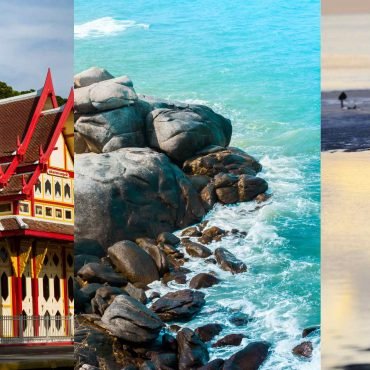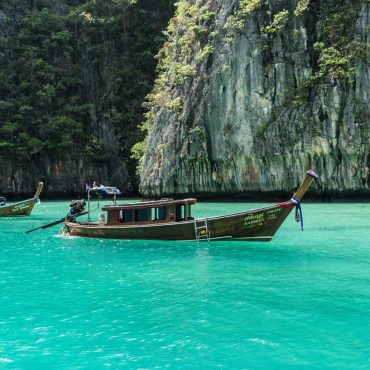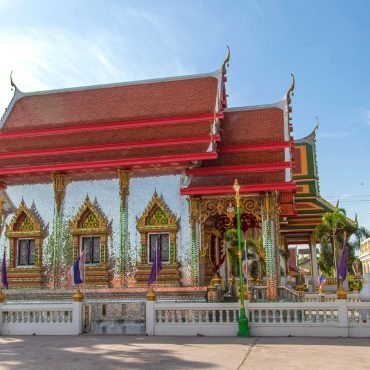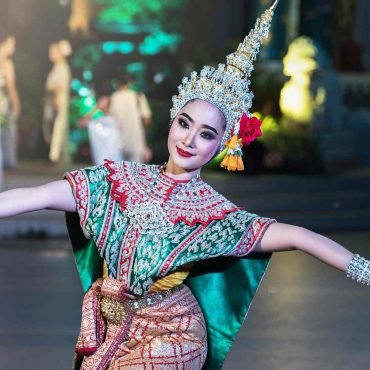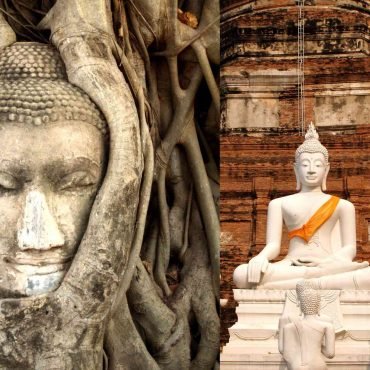Immerse yourself in the rich history and cultural heritage of Ayutthaya, the ancient capital of Thailand, with our Ayutthaya tour packages. Explore the magnificent ruins, intricate temples, and fascinating archaeological sites that make Ayutthaya a UNESCO World Heritage Site and a must-visit destination.
With our Ayutthaya tour packages, you can embark on a journey back in time to experience the grandeur of the Kingdom of Ayutthaya. Marvel at the impressive temple complexes, such as Wat Mahathat, known for its iconic Buddha head entwined in the roots of a Bodhi tree. Discover the architectural splendor of Wat Phra Si Sanphet, once the royal temple of the Ayutthaya kings. Admire the exquisite craftsmanship and intricate details of the ancient ruins, which offer glimpses into the city’s glorious past.
Ayutthaya tour packages provide a comprehensive and convenient way to explore this historical gem. Expert guides will accompany you, sharing captivating stories and historical insights, bringing the ancient capital to life. The packages often include transportation, entrance fees, and visits to significant landmarks, ensuring a hassle-free and enriching experience.
Beyond the ancient ruins, Ayutthaya offers a delightful mix of cultural experiences. Explore the Ayutthaya Historical Park, a sprawling complex that encompasses numerous temples and historical sites. Discover the vibrant local markets, where you can sample traditional Thai cuisine and shop for handicrafts and souvenirs. Take a leisurely boat ride along the Chao Phraya River, soaking in the picturesque views and getting a different perspective of Ayutthaya’s architectural marvels.
Ayutthaya’s proximity to Bangkok makes it an ideal day trip or overnight excursion. Our Ayutthaya tour packages can be customized to suit your preferences, whether you prefer a full-day exploration or a more leisurely multi-day itinerary. Experience the tranquility and serenity of Ayutthaya away from the bustling city, immersing yourself in its historical and cultural wonders.
In conclusion, Ayutthaya tour packages offer a fantastic opportunity to delve into the rich heritage of this ancient capital. From magnificent temple ruins to fascinating archaeological sites, Ayutthaya is a treasure trove of historical marvels. Book our Ayutthaya tour package and let us take you on a captivating journey through time, where you can uncover the secrets of Thailand’s glorious past.

